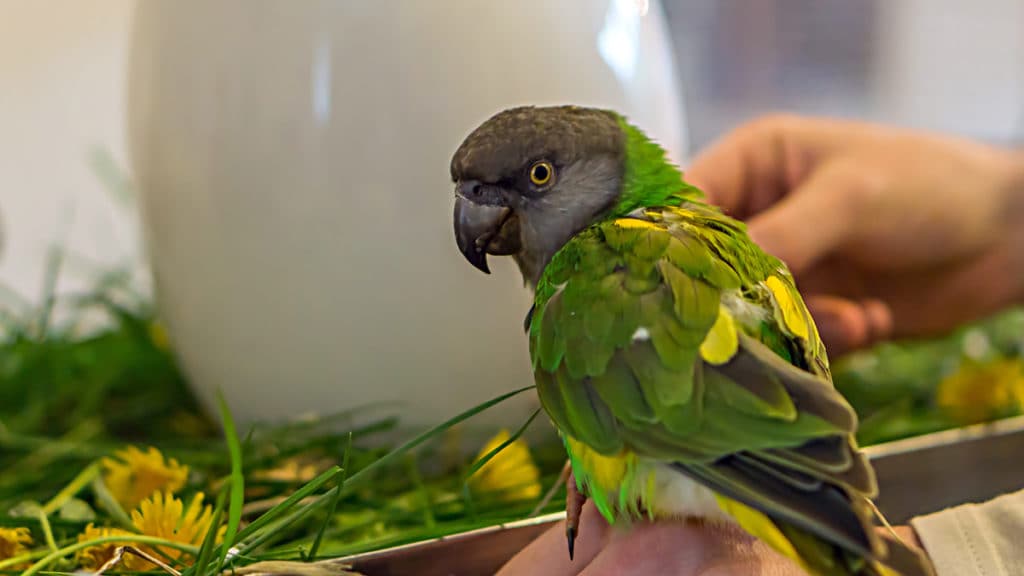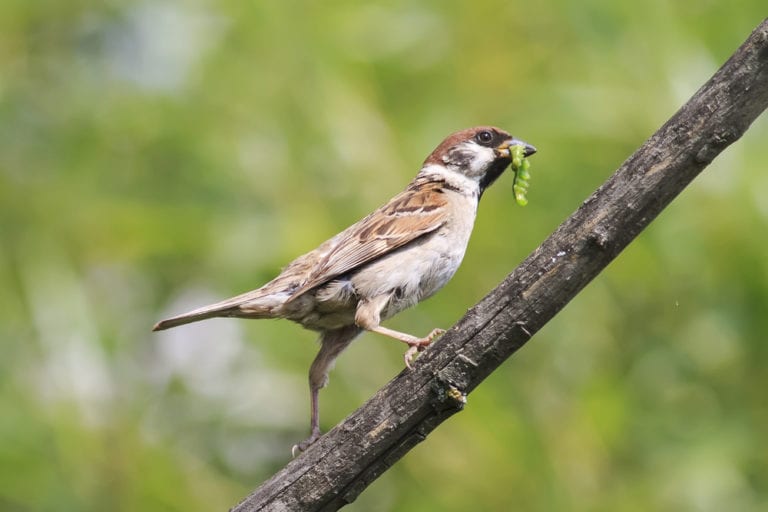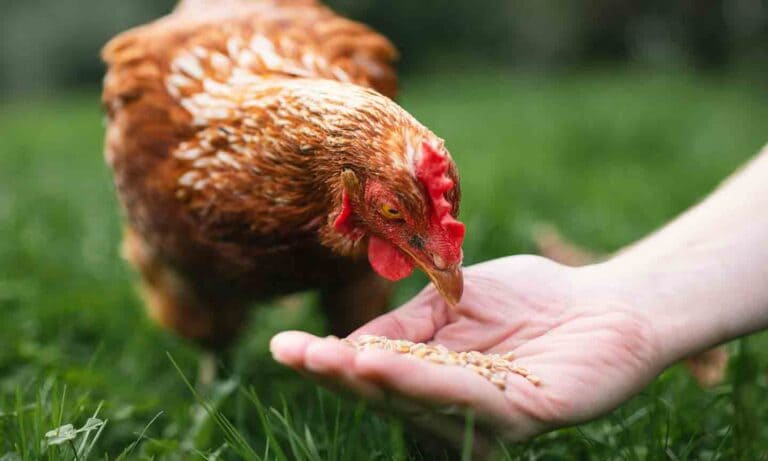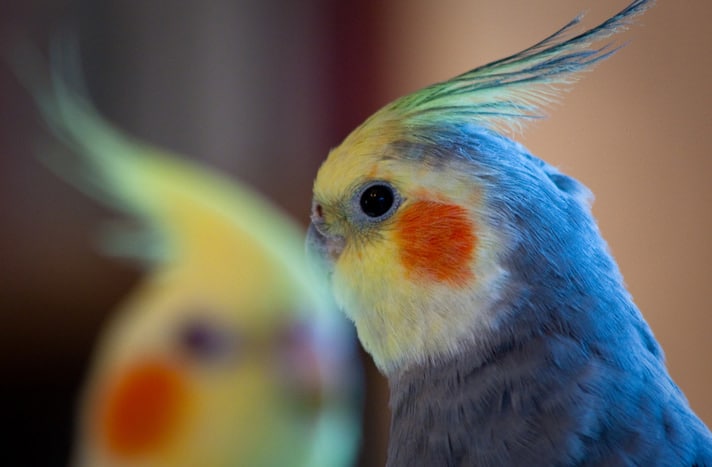Want your bird’s culinary experience to blossom? Try adding a few safe, edible flowers to their diet. A bird’s diet is generally made up of pelleted foods, fruit, vegetables and treats, says Byron J.S. de la Navarre, DVM at the Animal House of Chicago. Edible flowers aren’t typically something birds eat and their unique textures can provide an enriching, foraging-type of activity for them.
“Most edible flowers are harmless, but not all of them are,” says Byron J.S. de la Navarre, DVM at the Animal House of Chicago. “Lilies, for example, are not safe and can be toxic. Garlic and onion should also be avoided.”
Before you start picking petals for your parrot’s plate, check our list of safe edible flower choices. As a guideline, de la Navarre recommends that you feed in moderation to avoid upsetting your bird’s stomach. Also, be sure to wash the flowers before feeding them to remove any pesticides or droppings.
- Anise (Pimpinella anisum) – best as an occasional treat
- Basil (Ocimum basilicum) – feed only in tiny portions; avoid flowers
- Bee balm (Monarda)
- Borage blossoms (Borago officinalis)
- Calendula (Pot Marigold) (Calendula officinalis) – use in salads
- Carnations (Dianthus caryophyllus) – avoid dyed varieties
- Chamomile (Chamaemelum nobile) – feed in moderation
- Chives (allium schoenoprasum)
- Daises
- Dandelion (Taraxacum) – use leaves in salads, but feed flowers in moderation
- Dill (Anethum graveolen) – feed in moderation
- Elderberry (Sambucus spp.) – feed in moderation
- Fennel (Foeniculum vulgare) – feed in moderation
- Grapefruit (Citrus x paradise) – feed flowers in moderation
- Hibiscus
- Honeysuckle (Lonicera)
- Impatiens – feed in moderation
- Kumquat (various Fortunella species)
- Lime (Citrus aurantifolia)
- Lemon (Citrus × lemon)
- Milk thistle (Silybum species)
- Okra (Abelmoschus esculentus)
- Orange (Citrus sinensis)
- Oregano (Origanum vulgare) – feed in moderation
- Passion flowers (Passifloraceae Passiflora) – feed in moderation
- Petunia (Petunia spp.) – feed in moderation
- Plum (Prunoideae Prunus)
- Pumpkin (Cucurbita pepo or Cucurbita mixta)
- Roses/Rose hips (Rosoideae Rosa)
- Sage (Salvia officinalis) – feed in moderation
- Sunflowers (Helianthus annuus)
- Thyme (Lamiaceae Thyme)
- Zucchini (Cucurbita pepo.)
- Violets (Violaceae Viola) – feed in moderation
Share:









